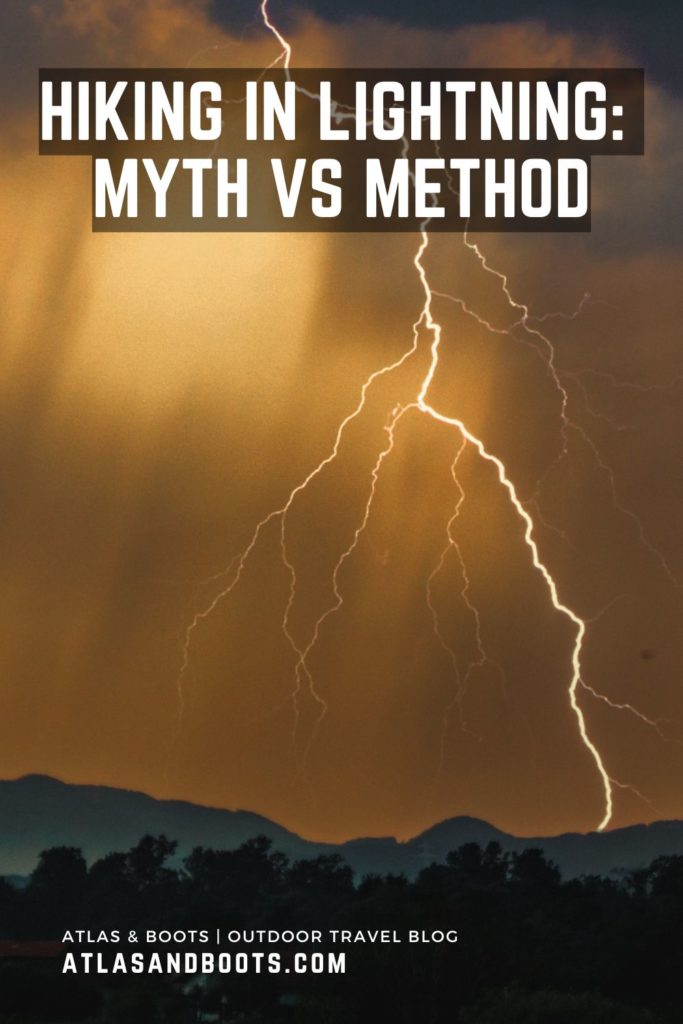Much of what we know about hiking in lightning is myth. Here, we share the actual methods that will keep you safe in a storm
There are certain safety rules that we all learn in childhood. Never talk to strangers. Get low in a fire. Stand under a tree in lightning. In adulthood, few of us think to question these rules. In most cases, that’s perfectly fine, but when it comes to hiking in lightning, we’re long overdue for a rethink.
In Britain alone, lightning strikes the ground 300,000 times a year. It injures 30-60 people per year and kills three on average, according to the Royal Society for the Prevention of Accidents (RoSPA). In the US, lightning kills an average of 28 people a year, according to the CDC.
Among those most vulnerable are hill walkers, rock climbers and campers. Interestingly, 80% of lightning strike victims are male – a likely correlation to the higher percentage of men who either work outdoors or spend their leisure time outside.
Those who may find themselves hiking in lightning should understand the three main ways in which lightning might strike.
- Direct strike: the lightning hits you and travels to the earth through you
- Side flash: the lightning hits a nearby object and jumps sideways to hit you
- Ground strike: the lightning strikes the ground and travels through it, hitting you en route
Hiking in lightning: myths and methods
It’s important to understand the myths and methods of hiking in lightning. Below, we share the latest guidance from RoSPA and the CDC.
Myth: Shelter under a tree
Lightning is attracted to the tallest thing in the landscape so, on the face of it, it makes sense to shelter under a tree, the logic being that lightning will strike the tree rather than the human beneath it. However, this can be more dangerous than standing out in the open.
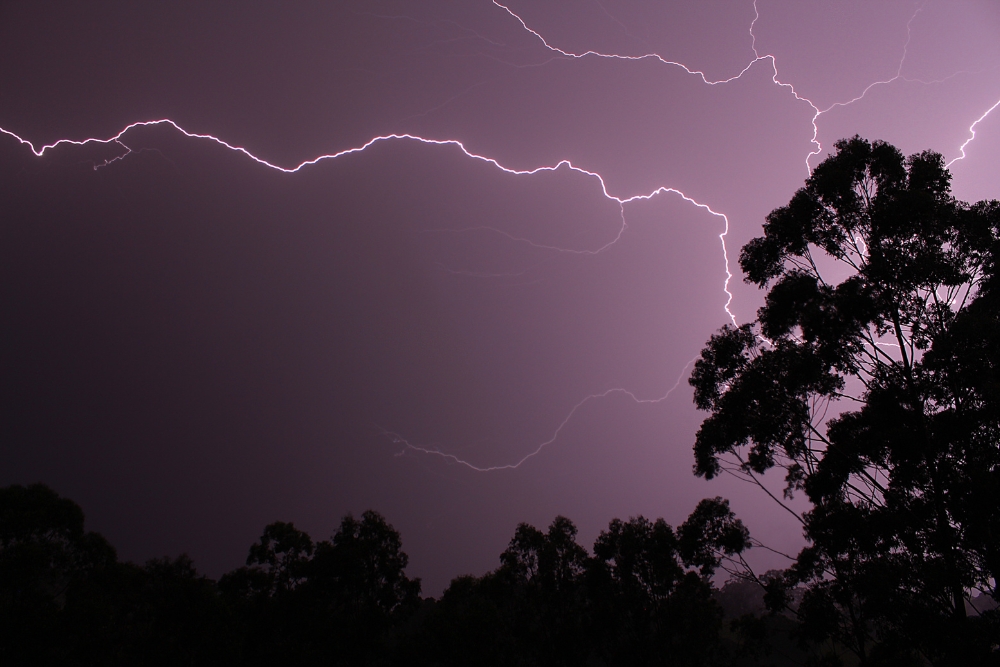
Direct strikes only account for around 5% of lightning-related injuries whereas ground strikes account for around 50%. As such, you are more likely to suffer a ground strike via a tall tree than a direct strike standing out in the open. In fact, an estimated one in four people who are struck by lightning are sheltering under a tree at the time.
If you are in a forest or heavily wooded area, shelter under a cluster of trees of similar height rather than a tall, isolated tree.
Method: Get off high ground
If you find yourself hiking in lightning, it’s important to immediately get off elevated areas such as hilltops, mountain ridges or other peaks. As mentioned above, lightning tends to strike the tallest thing in the landscape and if you’re standing on a ridge, that thing will likely be your head. Get to lower ground as soon as you can.
Myth: Hide in your tent
A tent provides no shelter from lightning. In fact, since 2006, more people in the US have died from lightning while camping in tents than outside hiking.
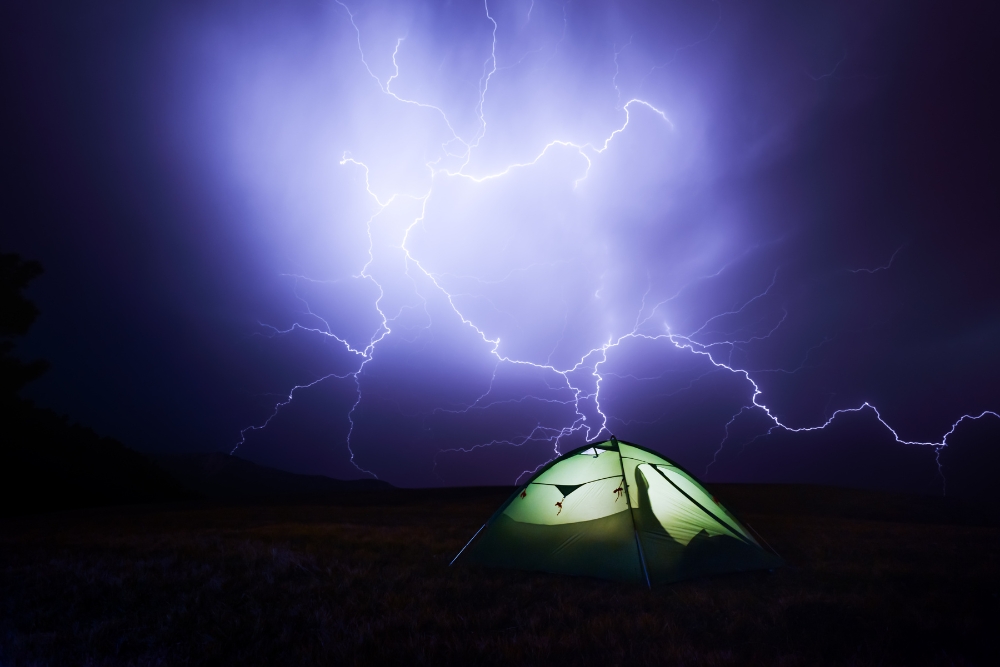
Instead, try to find shelter in a real building that has wiring and plumbing. This creates a Faraday cage, a phenomenon whereby a current travels around the outside of an enclosed space with none passing through the interior. Alternatively, take shelter in a car. Lighting will likely travel around the surface of the car before hitting the ground.
Method: Get away from water
Studies have shown that being on or close to water increases the risk of being struck by lightning. As such, it’s important to get at least 100 metres (330 feet) away from ponds, lakes and other bodies of water.
Myth: Metal attracts lightning
It may be surprising to learn that lightning is not attracted to metal. Rather, it is drawn to three things: tall objects, isolated objects and pointed objects. As such, it is important to avoid such objects of any material when hiking in lightning.
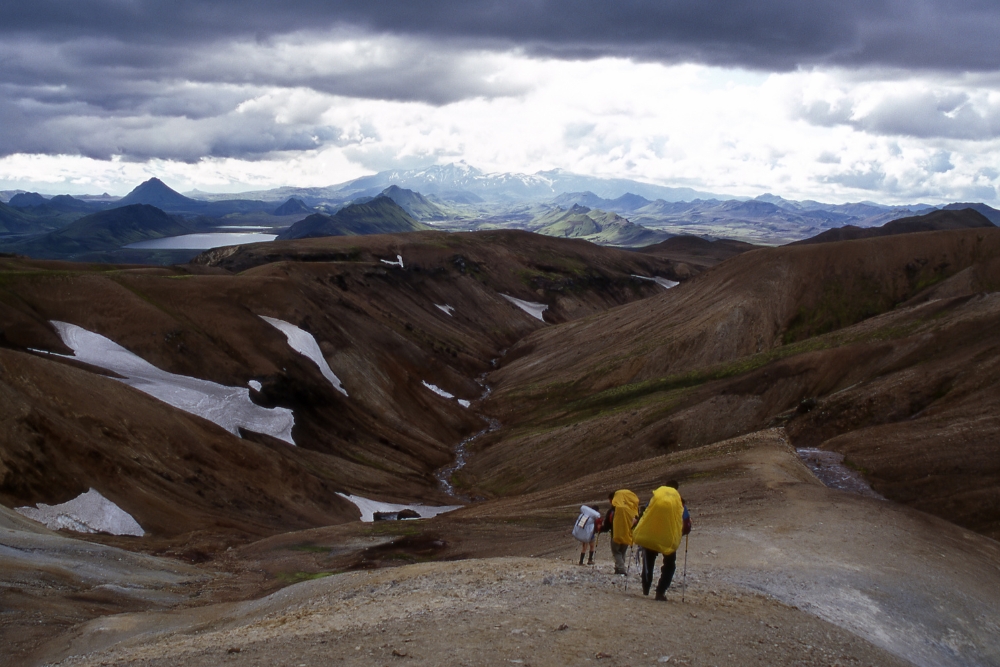
That said, metal is a strong conductor of lighting. This means that it may conduct lightning to the ground faster, and therefore more powerfully than wood or plastic. Currents can jump 3-6 metres (10-20 feet), so it’s best to avoid carrying conductors like umbrellas or backpacks with metal frames above shoulder height.
Method: Crouch – but don’t lie down
If you are completely exposed with nowhere to shelter, make yourself as small a target as possible. Crouch down with your feet together, bring your knees to your chest and cover your ears with your hands. This “lightning position” only marginally reduces the risk, but can be used as a last resort if you can’t find shelter.
It’s important to note that you should never lie down on the ground. This maximises the contact between your body and the ground, therefore increasing the chances of a ground strike.
Myth: It’s safe if the lightning is far away
Studies show that lightning injuries happen most commonly before and after the peak of the storm, most likely because people assume they are safe once the storm has passed. In reality, lightning can travel up to 10 miles (16km).
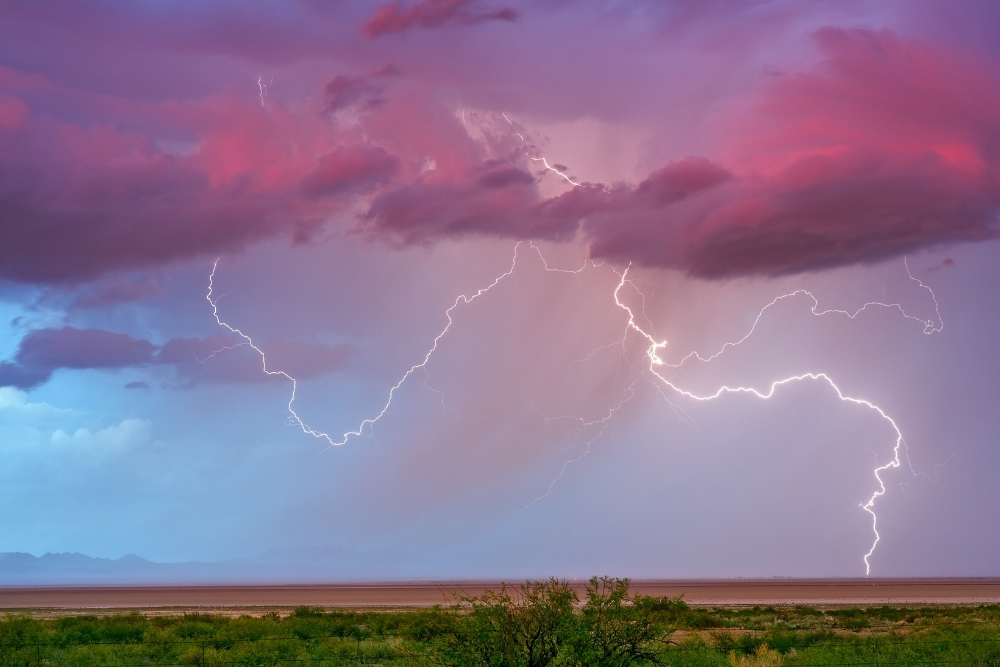
It’s prudent to follow the 30/30 rule. If the time between lightning and thunder is fewer than 30 seconds, it’s best to seek shelter. It is then safest to remain sheltered for 30 minutes past the last clap of thunder to ensure that distant strikes can’t reach you.
In 2020, researchers recorded a lighting strike that travelled 477 miles (767km) across parts of Texas, Louisiana and Mississippi. It’s only slightly comforting to know that it travelled cloud-to-cloud rather than across the ground.
Method: Plan properly
It’s easy to be cavalier when heading into the outdoors. Many of us will have set aside specific dates and be unwilling to change them in the face of “a little rain”.
It’s telling that, in the US, over 70% of lightning deaths occur during the summer months of June, July and August. These are peak months for lightning activity and also outdoor activities. This suggests that people either fail to check the forecast or ignore storm warnings.
If you don’t want to find yourself hiking in lightning, always check the forecast and heed weather warnings.
Enjoyed this post? pin it for later…
